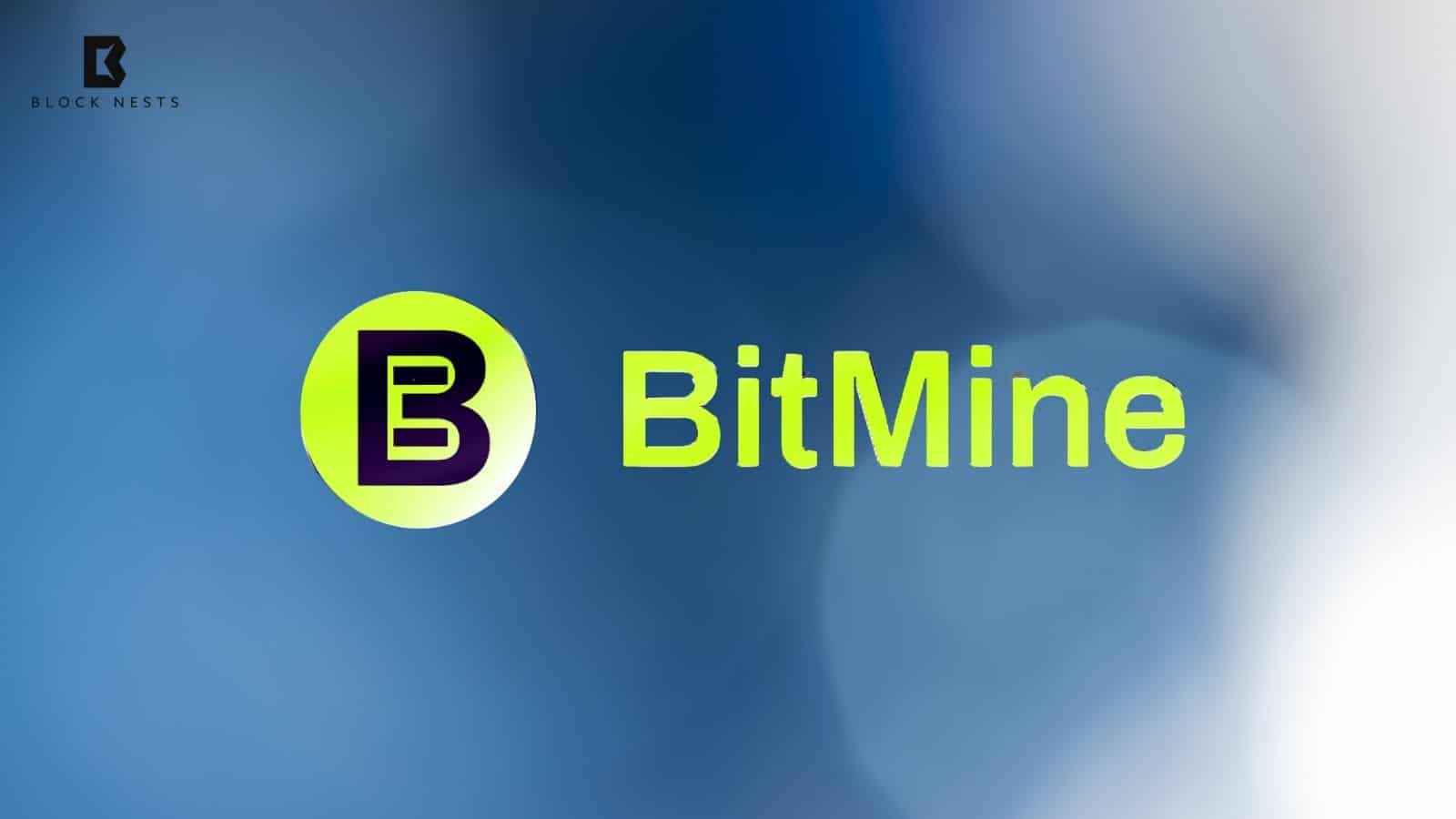- Vitalik Buterin proposes simplifying Ethereum’s architecture for better efficiency, security, and scalability.
- Buterin suggests replacing Ethereum’s EVM with RISC-V, promising a 100x performance boost for zero-knowledge proofs.
- Amid growing competition, Buterin emphasizes simplifying Ethereum to regain market dominance over other blockchains.
The Ethereum co-founder Vitalik Buterin has put forward a comprehensive modification of Ethereum’s core operating principles. Accompanying a May 3 blog post Buterin presented his vision to simplify Ethereum’s architectural design elements. The network efficiency along with security and accessibility form the primary targets of his objective. Buterin plans to enhance the network agreement and execution procedures and shared elements by applying the same minimal design principles from Bitcoin.
Buterin pointed out that complicated technical features have created excessively long development periods for the Ethereum system. The enhanced complexity of the system has added substantial fees and created multiple security threats according to him. Ethereum’s path forward relies on simplicity according to Buterin even though PoS with zk-SNARK improvements have brought positive changes to the network. According to him simplifying the system would result in increased scalability and minimized long-term risks for Ethereum.
One of the best things about Bitcoin is how simple it is. This simplicity has lots of benefits. Let's bring those benefits to Ethereum. pic.twitter.com/YwmVaOCPlP
— vitalik.eth (@VitalikButerin) May 3, 2025
Proposed RISC-V Virtual Machine
Buterin’s fundamental idea for Ethereum consensus layer reform involves reducing its complexities. Buterin presented the “3-slot finality” framework to get rid of complex elements including epochs and validator shuffling technology. According to Buterin the network would become more secure by decreasing the concurrent validators. The improvement in fork choice rule implementations would allow easier functionality.
Ethereum’s Execution Layer Upgrade
Buterin advocated changing the Ethereum Virtual Machine (EVM) in favor of a ZK-friendly virtual machine such as RISC-V during the execution layer revision. The proposed system modification would lead to zero-knowledge proof performance improvements of 100 times. The open-source instruction set architecture named RISC-V enables efficient implementation through its basic set of instructions. The change would create a streamlined ETH protocol which would result in substantial performance improvement.
A backwards-compatibility strategy: move the old EVM from consensus-critical client code, to a RISC-V implementation. Existing contracts would continue working as-is. pic.twitter.com/9a7ND4u2r5
— vitalik.eth (@VitalikButerin) May 3, 2025
Buterin proposed using RISC-V interpreters to process legacy EVM contracts so the new system could maintain previous system connections. The proposed solution allows the virtual machines to operate side by side while users transition between them. The protocol requires standardized procedures according to Buterin. The proposal involved selecting one erasure coding approach coupled with shared serialization standards and standardizing Ethereum’s tree structure.
A demand for system simplification emerges from Buterin at a time when ETH confronts expanding competition from other blockchain platforms. Nansen CEO Alex Svanevik appeared at Cointelegraph’s LONGITUDE forum to reveal Ethereum’s declining market supremacy. The competitive position of Ethereum is threatened by competing blockchain networks so Vitalik Buterin recommends simplification as a key step to recover lost dominance.
How would you rate your experience?






